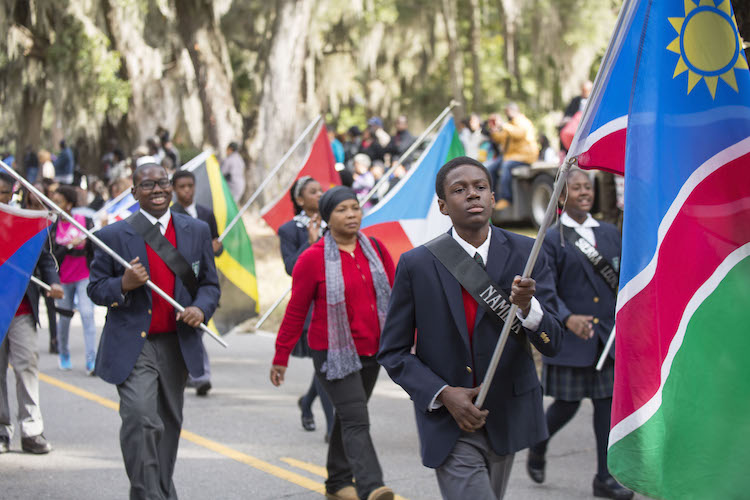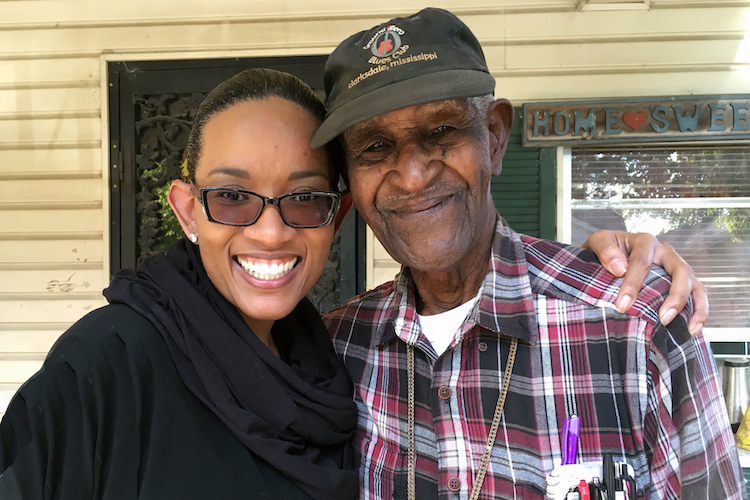Frequently Asked Questions about AAL

What is African American Language?
- African American Language (AAL) varieties are spoken by many African American speakers in the United States. Over the past half century, AAL has been the subject of a great deal of research by linguists and other scholars. Click on any of the links below to learn more about AAL, who speaks it, how it developed, and more!
- Over several decades, hundreds of researchers have investigated different aspects of AAL. Some prominent early sociolinguists, including William Labov and Walt Wolfram, pioneered the study of the variety. On our Find An Expert page, we celebrate the ongoing contributions of Black scholars researching AAL.
Why do you call it "African American Language"?
- African American Language is a term used to describe language use within the African American community. The speech of African Americans has been called many things by linguists over the years, including Black English, AAVE, AAE, and Ebonics, though these terms may not specifically refer to the same group. Lanehart and Malik (2015:4) suggest that "when speakers know AAL, they know a system of sounds, word and sentence structure, meaning and structural organization of vocabulary items, and other linguistic and metalinguistic information about their language, such as pragmatic rules and the social function of AAL."
- African American speech is better viewed as a continuum rather than one speech variety. Not every speaker uses all features associated with AAL. For other definitions of AAL, check out What is AAL and who speaks it?
Why do scholars and teachers care about AAL?
- Throughout the half century of sociolinguistic work on AAL varieties, several goals for research have occurred at the same time. For example, William Labov's work in New York City, Walt Wolfram's work in Detroit, and Ralph Fasold's work in Washington DC address core theoretical question to the sociolinguistic enterprise, at the same time, this research was federally funded by the US Office of Education with specific interests in the relationship between vernacular AAL and school performance. Research into reading and AAL, teaching strategies, and acquisition followed. As April Baker-Bell (2020:3) recently wrote in her book, Linguistic Justice: Black Language, Literacy, Identity, and Pedagogy, social justice is linguistic justice:
- "Linguistic justice is a call to action: a call to radically imagine and create a world free of anti-blackness. A call to create an education system where Black students, their language, their literacies, their culture, their creativity, their joy, their imagination, their brilliance, their freedom, their existence, their resistance MATTERS."
What do researchers study about AAL?
- Researchers study many different aspects of AAL, including linguistic features and how it has changed over time, perceptions and attitudes, the role of AAL in education, language acquisition, regional variation, and bi-dialectalism. For more information, see AAL Linguistic Patterns. To learn about some of the researchers who study different aspects of AAL, please see our Find an Expert page.
Where did AAL come from?
- The origins of AAL have been long debated by linguistic researchers. Several competing positions have emerged, including the Creole Hypothesis, the English Origins Hypothesis, and, most recently, the Substrate Hypothesis. Linguists have used letters written by 18th and 19th century African Americans, written interviews, audio recordings of formerly enslaved individuals, and modern recordings from isolated Black communities to investigate how the speech developed out of the first African Americans and enslaved African peoples in the United States. Most linguists agree that what we now know as AAL primarily developed during the 20th century due to the population movements during the Great Migration and subsequent segregation in large urban centers. For more on the development of AAL, see How did AAL develop?
Who speaks AAL?
- It is difficult to estimate the total number of speakers of a variety, since, as mentioned above, AAL is a continuum. It is true that not all African Americans speak an AAL variety and not all speakers of AAL are African Americans. Some African Americans may speak a variety that aligns more with White Mainstream English, and some non-African Americans may incorporate AAL linguistic features into their speech.
Is AAL a language or a dialect?
- For linguists, the distinction between languages and dialects is often unclear and can be due to sociopolitical concerns rather than definitions related to things like mutual intelligibility. In using AAL, we follow Lanehart and Malik (2015:3) in suggesting that calling these speech varieties African American Language varieties, rather than African American English varieties because it is a more neutral term, as it bypasses "some of the problematic implications of 'English' within the socioculture and history of African slave descendants in the United States and the contested connections of their language variety to the motherland and colonization and encompass rhetorical and pragmatic strategies that might not be associated with English."
What is Black American Sign Language?
- Black American Sign Language is a unique dialect of American Sign Language that developed within historical segregated African American deaf communities throughout the United States. To find out more, you can visit the website for the Language & Life Project's new documentary, Signing Black in America.
Why the Online Resources for African American Language and the Corpus of Regional African American Language?
- We saw the need to develop public resources and tools for improving research and education about AAL. Both ORAAL and CORAAL were launched in January 2018. ORAAL seeks to have an engaging, publicly-oriented interface designed to appeal to public users (such as K-12 students and teachers, families, and other non-linguists) in addition to researchers, with supporting contextual and educational information about AAL. There has been an information gap over the last forty years between academics and the general public, such that many of the myths with respect to AAL persist in the public domain to this day. For more about ORAAL, see About This Project.
- For over 50 years, researchers have turned to spoken language data from African American individuals and communities in order to investigate core, basic questions in sociolinguistics and in the history of American English. Researchers have also studied AAL to combat public myths and prejudice about language. Despite such an intense research tradition, almost no primary data are available for researchers or educators. As social science disciplines, and linguistics in particular, take more seriously issues of replicability, big data, and open-access, it's imperative that publicly available datasets be developed and shared. CORAAL currently includes data from over 150 sociolinguistic interviews and over a million words of time-aligned transcription of conversational speech. For more information, see ORAAL's CORAAL page.
References
Baker-Bell, April. 2020. “Dismantling Anti-Black Linguistic Racism in English Language Arts Classrooms: Toward an Anti-Racist Black Language Pedagogy.” Theory Into Practice 59 (1): 8–21. https://doi.org/10.1080/00405841.2019.1665415.
Lanehart, Sonja L., and Ayesha M. Malik. 2015. “Language Use in African American Communities: An Introduction.” In The Oxford Handbook of African American Language, edited by Sonja L. Lanehart, 1–22. Oxford University Press. https://doi.org/10.1093/oxfordhb/9780199795390.013.62.
Feel free to share!
